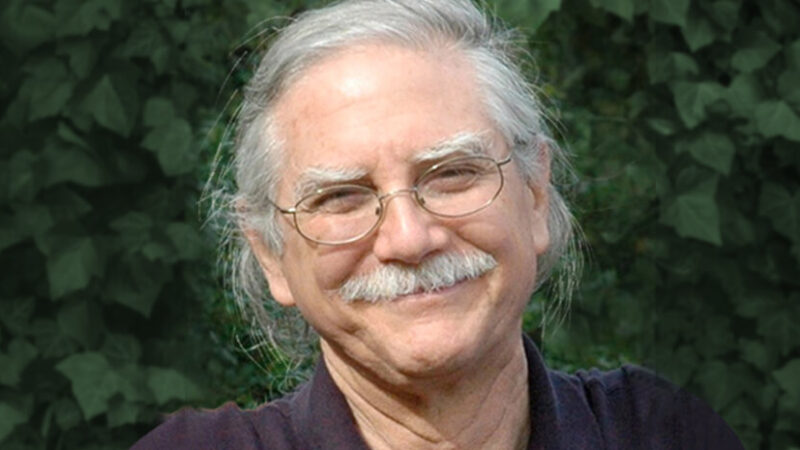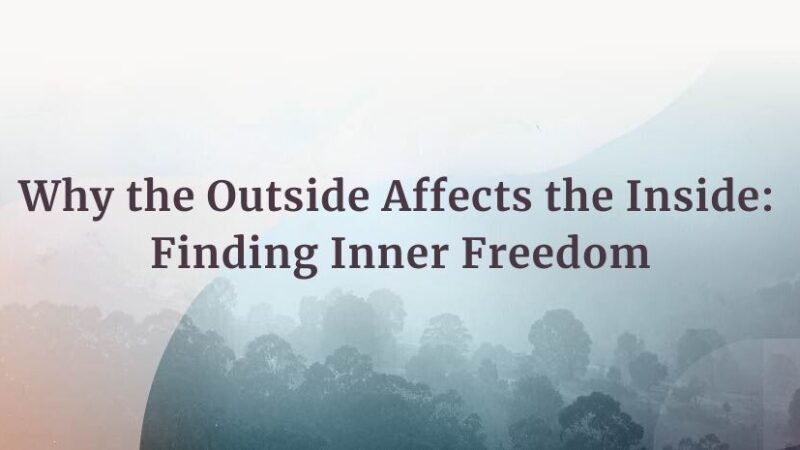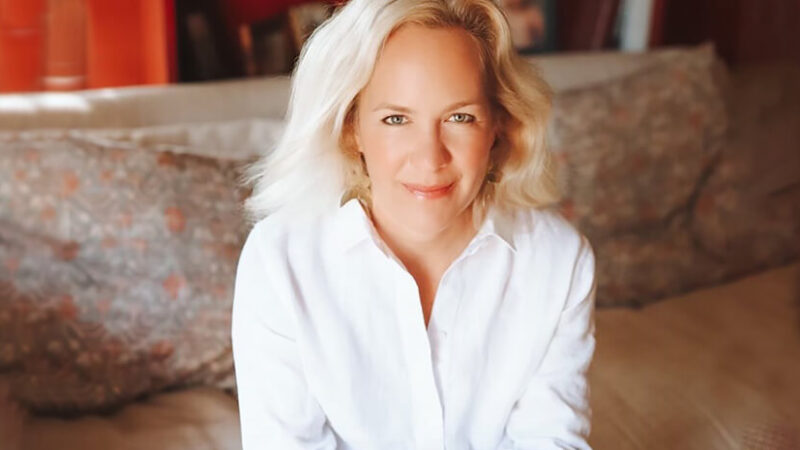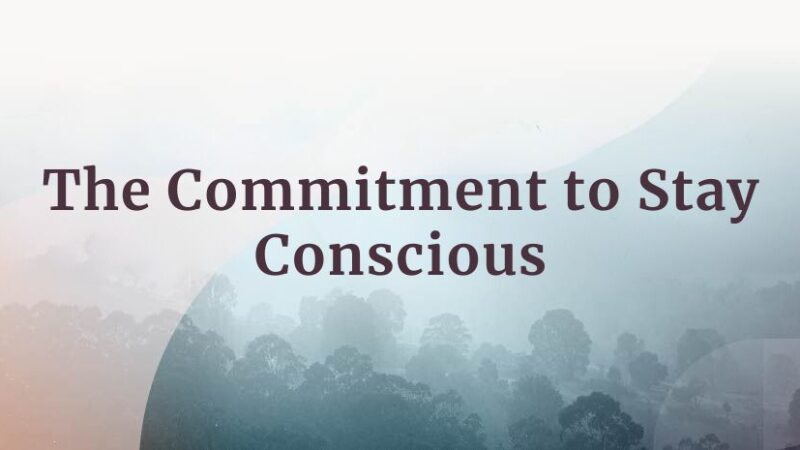Michael A. Singer is the author of the #1 New York Times bestseller The Untethered Soul: The Journey Beyond Yourself, the New York Times bestseller The Surrender Experiment: My Journey into Life’s Perfection, and, most recently, Living Untethered: Beyond the Human Predicament. In 1971, while pursuing his doctoral work in economics, he experienced a deep inner awakening and went into seclusion to focus on yoga and meditation. In 1975, he founded Temple of the Universe, a retreat center where people of any religion or set of beliefs can come together to experience inner peace. Through the years, he has made major contributions in the areas of business, the arts, education, health care, and environmental protection.
In this podcast, Michael joins Sounds True’s founder, Tami Simon, to speak about his latest book. Tami and Michael discuss the first question for the spiritual journey, “Are you in there?”; the “three-ring circus” of the outside world, the thoughts in your head, and the emotions that emanate from your heart; the energy of Shakti; removing the samskaras (or energy blockages) within you; resistance, will, and accepting reality; practicing the little things—the “low-hanging fruit”—on the path of surrender; the proper use of positive thinking; the mantra “I can handle this”; witness consciousness and the practice of “relax and release”; the art of transmutation; piercing the spiritual heart; and more.






